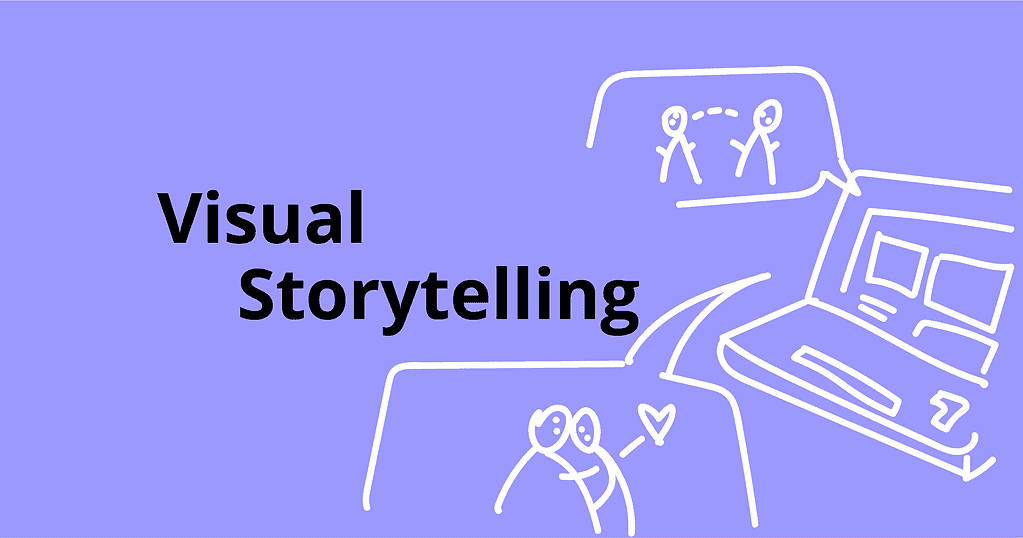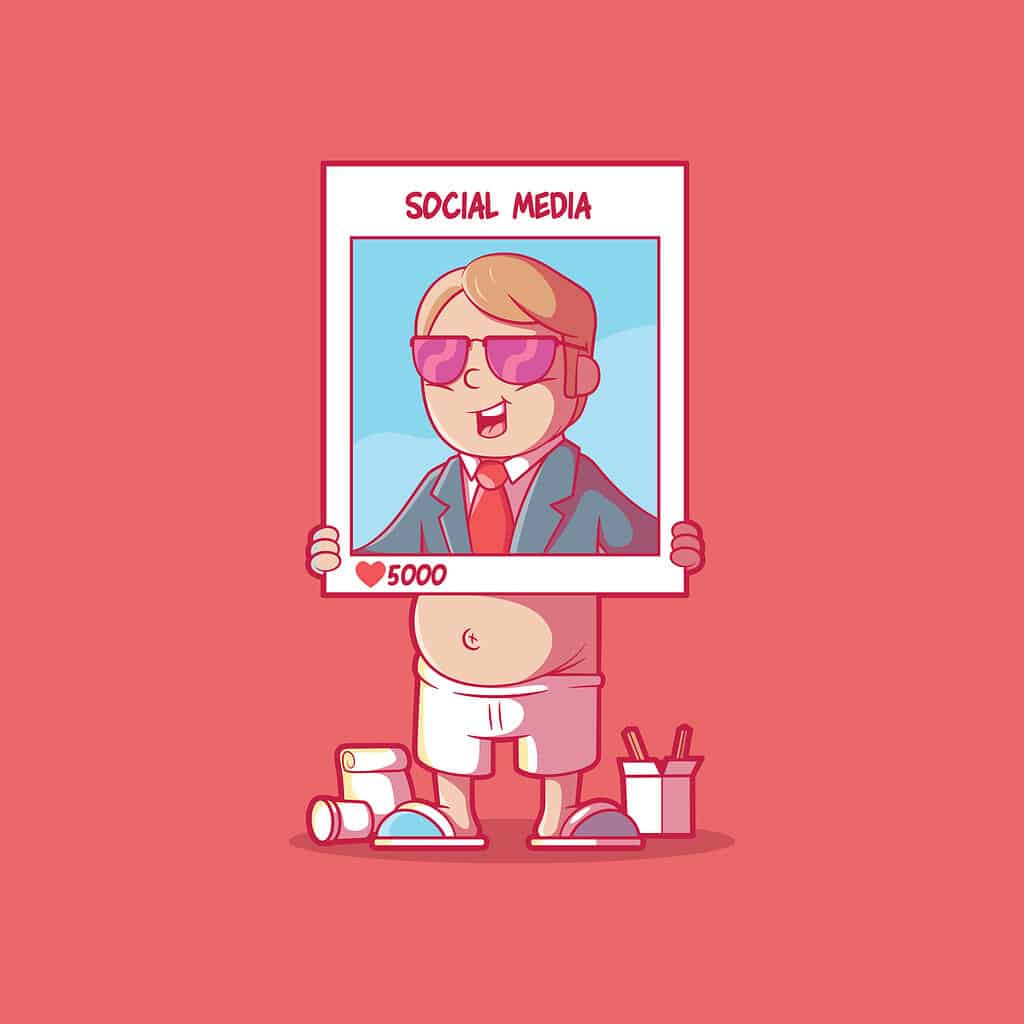Introduction: The Power of Visual Storytelling in Content Marketing
The rise of the digital age has brought about a significant transformation in content marketing strategies. With the ever-decreasing attention spans of internet users, marketers are continually looking for ways to capture the audience’s attention. One such powerful strategy that has emerged in recent years is visual storytelling. Leveraging visuals not only helps capture attention but also promotes greater audience. With this engagement and recall to your brand rolls out more better.
Visual content is processed by the brain 60,000 times faster than text. This make it a potent tool for conveying information. quickly and efficiently.
Studies have shown that people recall 65% of the information when it is paired with relevant visuals. Compared to just 10% when the content is text-based, there’s a very huge gap.
Understanding Visual Storytelling
Visual storytelling is the art of using graphics, images, videos, and other visual elements to convey a narrative or information. This method plays into human psychology as we are inherently visual beings. Our brains are wired to respond to and process visual information better than text.
The success of visual storytelling lies in its ability to engage emotions, making content more relatable and memorable.
Key elements of successful visual story include consistency, clarity, authenticity, and emotional connection.
Types of Visual Content for Storytelling
There are various forms of visual content that marketers can use for storytelling. These include infographics, videos, data visualization, GIFs, memes, and more. Each type serves a distinct purpose and offers unique advantages in content marketing.
Infographics and data visualization make complex information easier to understand and digest.
Videos and GIFs, on the other hand, are great for showcasing product demos, tutorials, customer testimonials, and more, making the content more engaging and interactive.
Creating Compelling Visual Content
Creating engaging visual content that effectively tells a story requires a blend of creativity, strategic thinking, and an understanding of design principles. Here are some tips and strategies:
Align your visual content with your brand’s voice and message.
Use high-quality visuals and pay attention to elements like color, typography, and layout.
Incorporate storytelling elements such as a clear beginning, middle, and end, and a compelling narrative arc.
Role of Visual Storytelling in Brand Identity
Visual storytelling is not just about making content more engaging; it’s also a powerful tool for building and reinforcing a brand’s identity. By using consistent visual elements and themes that align with your brand’s values and personality, you can create a strong brand image that resonates with your audience.
Visual stories can help to create a unique and recognizable brand personality.
Successful examples include brands like Apple and Nike, who use powerful visual narratives to connect with their audience on an emotional level.
Optimizing Visual Content for SEO
Like text-based content, visual content also needs to be optimized for search engines to increase its visibility. This involves practices like using relevant alt text for images, optimizing image sizes for faster page load speeds, and incorporating keywords in video descriptions and tags.
Alt text helps search engines understand what the image is about, which can help in ranking your images in search results.
Video transcripts not only make your content more accessible but also provide more content for search engines to crawl, which can improve your SEO.
Measuring the Success of Visual Storytelling
To understand the effectiveness of your visual storytelling efforts, it’s important to measure their performance. Key metrics to consider include engagement rates (likes, shares, comments), click-through rates, and conversion rates. Using analytics tools, you can gain insights into how your audience is interacting with your content and use this information to improve your future strategies.
Regularly review and analyze your performance metrics to identify what
types of visual content resonate most with your audience and which ones need improvement.
Keep an eye on the bounce rate. High-quality, engaging visual content should keep visitors on your page longer, thus reducing your bounce rate.
Conclusion: Future of Visual Storytelling in Content Marketing
Visual storytelling is not just a trend; it’s the future of content marketing. With advancements in technology and the rise of platforms that prioritize visual content (like Instagram and Pinterest), we can anticipate a further surge in the use of visual storytelling in content marketing strategies.
As technologies like virtual reality (VR) and augmented reality (AR) become more accessible, we can expect to see these integrated into visual storytelling, creating even more immersive experiences for audiences.
It’s an exciting time to be a content marketer. The power of visual storytelling is immense, and those who can harness it effectively will undoubtedly stand out from the crowd.
Visual storytelling is a powerful tool that every content marketer should have in their arsenal. By integrating compelling visuals into your content marketing strategy, you can enhance audience engagement, reinforce your brand identity, improve your SEO, and ultimately drive more conversions. Now is the time to harness the power of visual storytelling and create a lasting impact on your audience.
In the fast-paced digital world, the adage “a picture is worth a thousand words” has never been more true. So, what story will your visuals tell? Go ahead, take the leap, and let your visuals do the talking!










